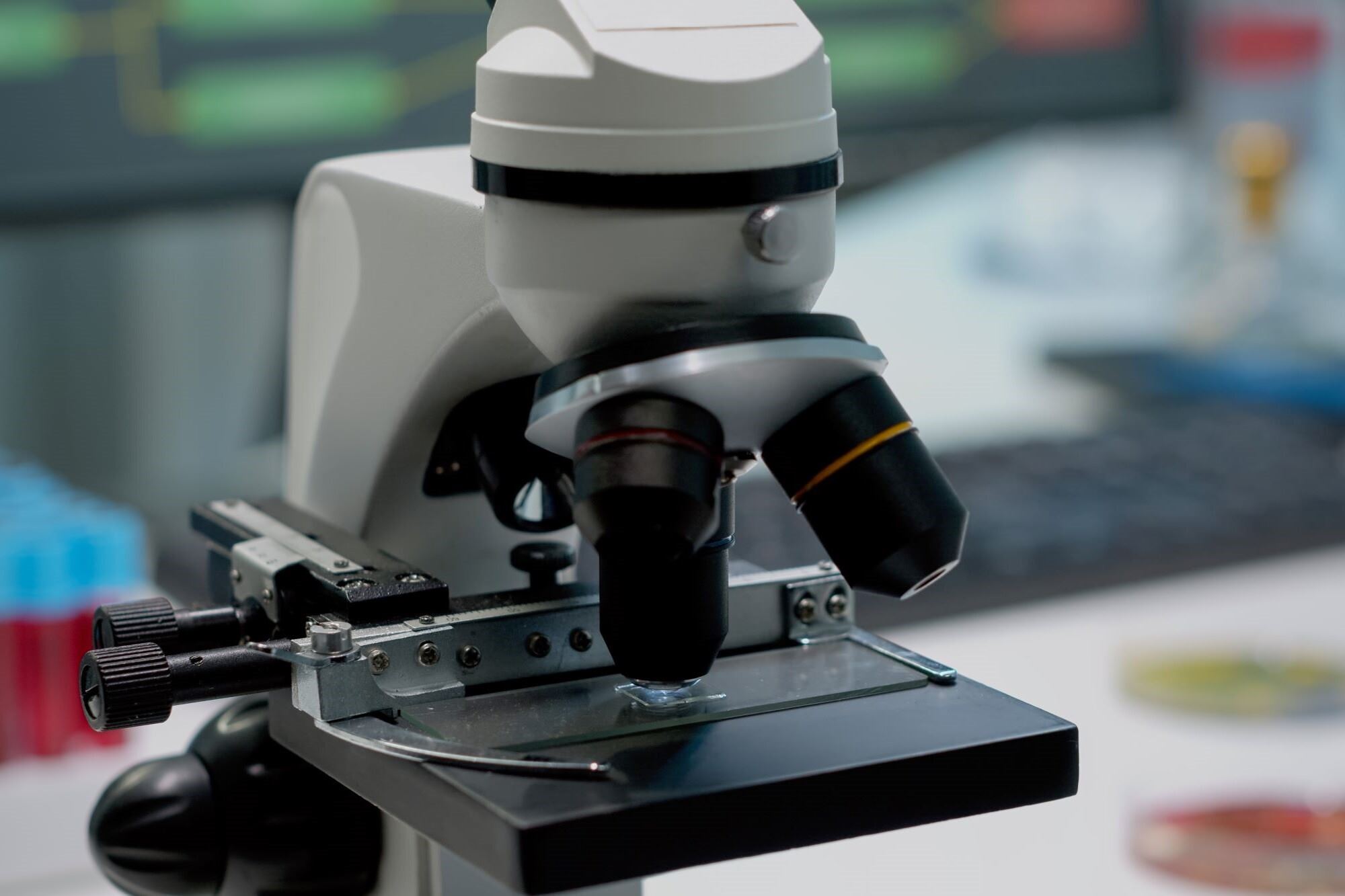Dealing with skin cancer can be scary, but modern treatments like Mohs surgery offer hope. Mohs surgery, invented by Dr. Frederic Mohs in 1941, has evolved and become a go-to choice for removing skin cancer. It’s a popular option because it’s generally less invasive than other methods and leaves smaller scars, depending on the location and size of the lesions.
Types of Skin Cancer Treated by Mohs Surgery

Mohs surgery is an effective method for skin cancer removal. It works by removing cancerous tissue in layers, carefully preserving healthy skin nearby. This is repeated until the cancer is completely gone. Common types of skin cancer Mohs surgery can help with are:
Basal Cell Carcinoma
Basal cell carcinoma is the most common skin cancer type. It’s usually caused by too much sun exposure. While its appearance can differ, it typically shows up as small bumps or sores on the face and neck. These spots might be pearly or waxy and can sometimes bleed easily.
Squamous Cell Carcinoma
Like basal cell carcinoma, squamous cell carcinoma is often linked to UV ray exposure. You can find it on most parts of the body, especially areas that get a lot of sun. While it’s not usually life-threatening, it can spread if left untreated. It can appear as rough, scaly patches of skin or a sore that won’t heal.
Melanoma
Melanoma is the most dangerous form of skin cancer. While Mohs surgery for melanoma has been effective before, it’s not always the most suitable approach. A melanoma can look like an odd mole or dark spot on the skin. If you recognize any new moles or dark spots, immediate medical intervention is recommended.
Preparing for Mohs Surgery
Preparing for Mohs surgery is similar to preparing for other minor surgeries. You may want to:
How to Prepare

- Assess Your Medications: Some, like blood thinners or certain supplements, might increase bleeding risk after surgery. Your doctor will let you know which ones are safe to keep taking.
- Wear Loose Clothes: You’ll be at the doctor’s office for a while, so dress in comfortable clothing.
- Rest Well the Night Before: This can help you feel more relaxed on the day of your surgery.
- Eat a Balanced Breakfast: Unless your doctor says otherwise, it’s okay to eat before the procedure so you don’t feel any discomfort from hunger.
Mohs Surgery Duration
Mohs surgery is very efficient and usually only needs one treatment. However, most people spend 3-4 hours or more at the doctor’s office, depending on the size and complexity of the cancer. It’s a good idea to bring a book, tablet, or some other activity to stay busy during waiting periods like lab testing.
What to Expect During Mohs Surgery
Mohs surgery is performed under local anesthetic, so you won’t feel any pain while your doctor uses this fresh-tissue technique. To keep your mind at ease, you can expect:
Skin Cancer Removal Surgery
After cleaning and numbing the area, your doctor will remove the tumor or lesion with a scalpel or small knife. A thin layer of surrounding tissue also commonly gets removed for on-site lab assessment. A temporary bandage is applied while you wait for the lab results.
Once all of the cancer has been removed, your doctor will assess the best method for healing the wound. Smaller wounds can be left to heal on their own, depending on the area, while more extensive wounds may require stitches. Sometimes, the wound can be covered with skin from another part of the patient’s body by using skin grafts.
Lab Testing
With the excised samples, your doctor analyzes the tissue, carefully checking all edges and underside for cancer cells. This process allows for minimal damage to healthy tissue. If cancer cells are found, the process is repeated, focusing only on the areas where cancer remains. This cycle continues until no more cancer cells are detected.
Potential Risks and Complications of Mohs Surgery

While Mohs surgery is generally low-risk, like many smaller medical procedures, it does have some risks:
- Minor pain after Mohs surgery
- Bruising in the treated area
- Mild scarring (usually minimal compared to other treatments)
- Slight bleeding after surgery
Infections after skin cancer surgery are rare but can happen. If you notice some of the following signs of infection, contact your doctor, and they might treat it with prescribed antibiotics:
- Redness, tenderness, or swelling
- Pus or unusual discharge
- Severe pain
Other uncommon complications can include severe pain or itching or a large or raised scar. Temporary or permanent numbness in the treated area can also occur due to nerve damage after Mohs surgery, especially if cancerous tissue is in sensitive areas or the face.
Recovery After Mohs Surgery: Tips and Timeline
Healing after the procedure usually takes about four to six weeks but can be longer. However, the size of the wound will affect how long Mohs surgery recovery time lasts. Some tips to help you:
- Keep the wound clean
- Follow your doctor’s care instructions
- Avoid strenuous activities or heavy lifting for at least two weeks
- Limit sun exposure in the area
- Don’t smoke, as it can slow down healing
- Eat a healthy diet to support your body’s healing process
- Take pain medication as prescribed if you’re uncomfortable
- Check for indicators of infection and contact your doctor if you’re concerned
Remember, even after successful treatment, there’s always a small risk of skin cancer coming back. Make sure to schedule follow-up appointments with your doctor and keep an eye out for any changes.
Contact SCCSNJ to Book a Mohs Surgery Consultation

At the Skin Cancer and Cosmetic Surgery Center of New Jersey, we offer quality, comprehensive care for skin cancer patients. Dr. Lombardi, one of New Jersey’s premier Mohs surgeons, has successfully treated thousands of cases and shows a passion for achieving positive health and aesthetic outcomes.
Our team acknowledges that facing skin cancer can be scary. With innovative technology and expertise, we can make you or your loved one feel at ease, from consultation to post-operative check-ups. Contact SCCSNJ to learn more about the Mohs surgery process and how we can help you achieve healthier, cancer-free skin!

